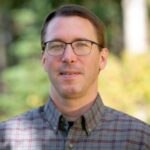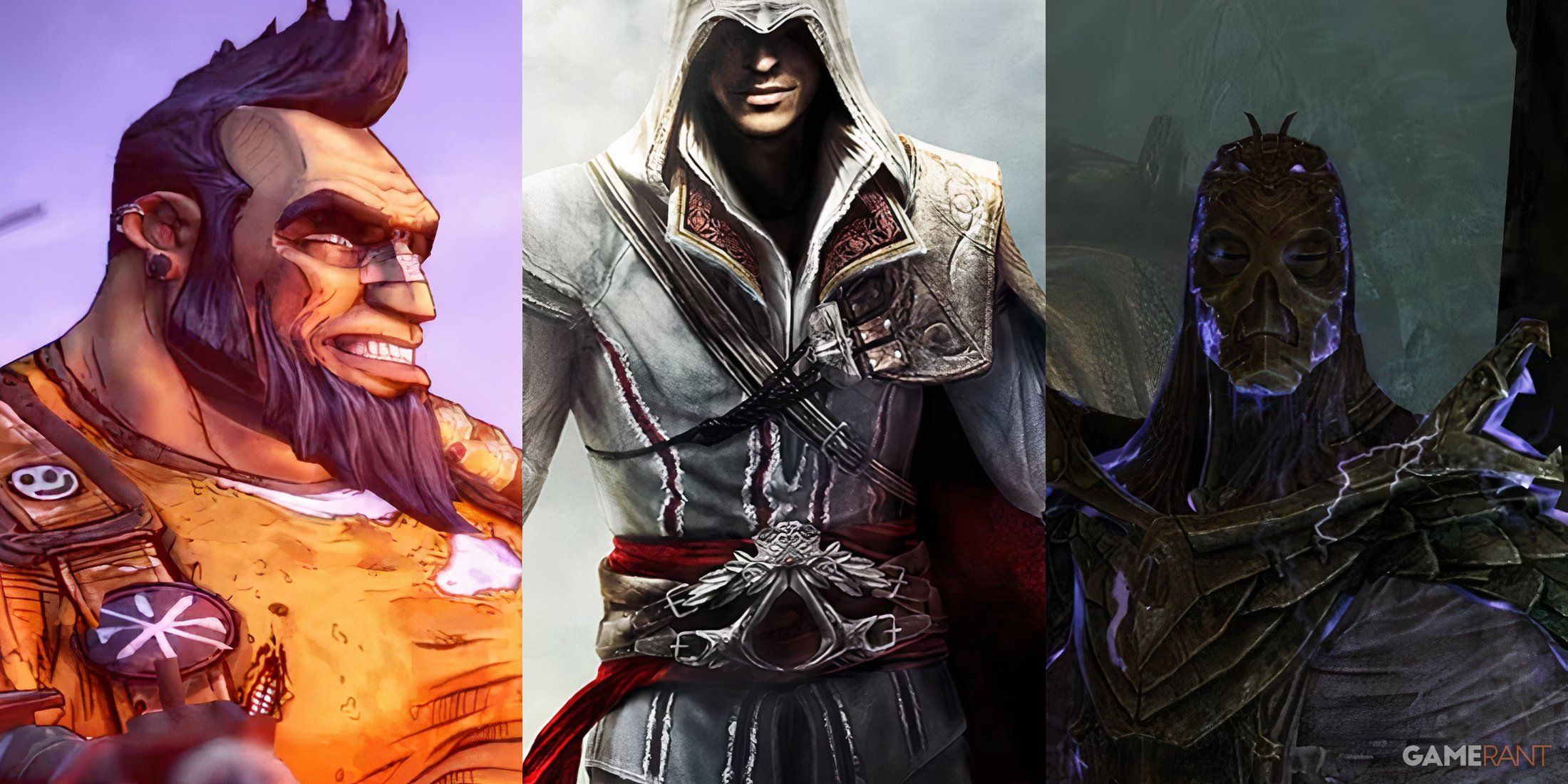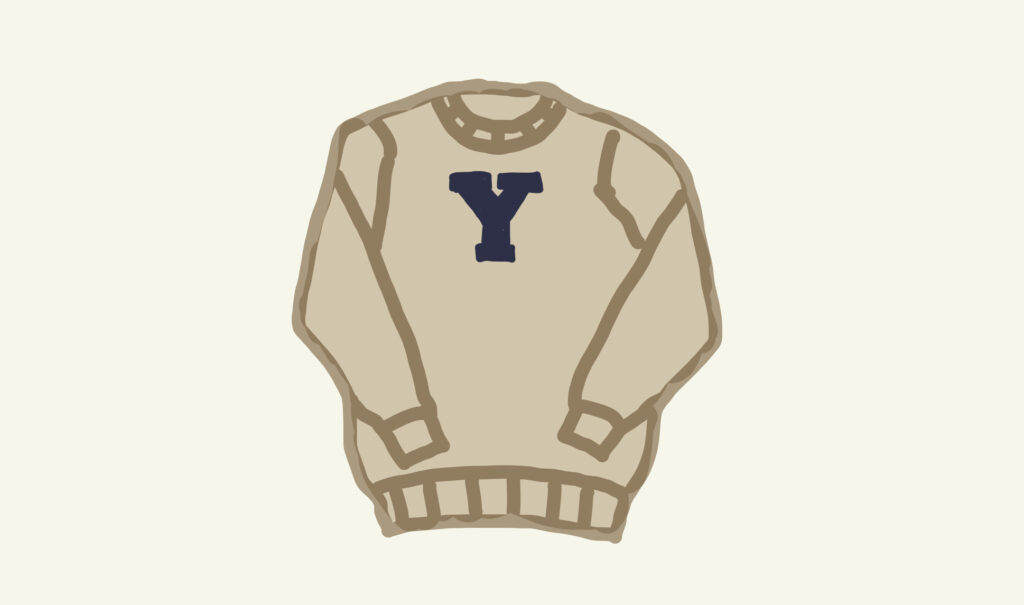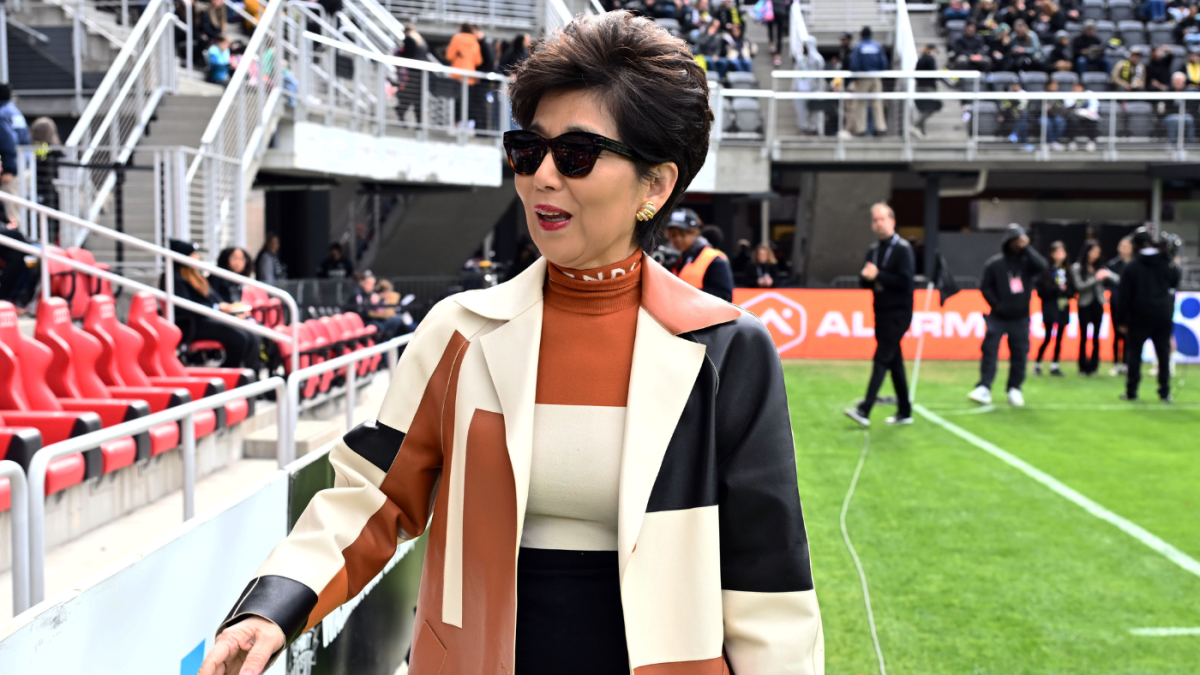World
Alaska’s own, Lael Wilcox, sets record for around-the-world bike ride
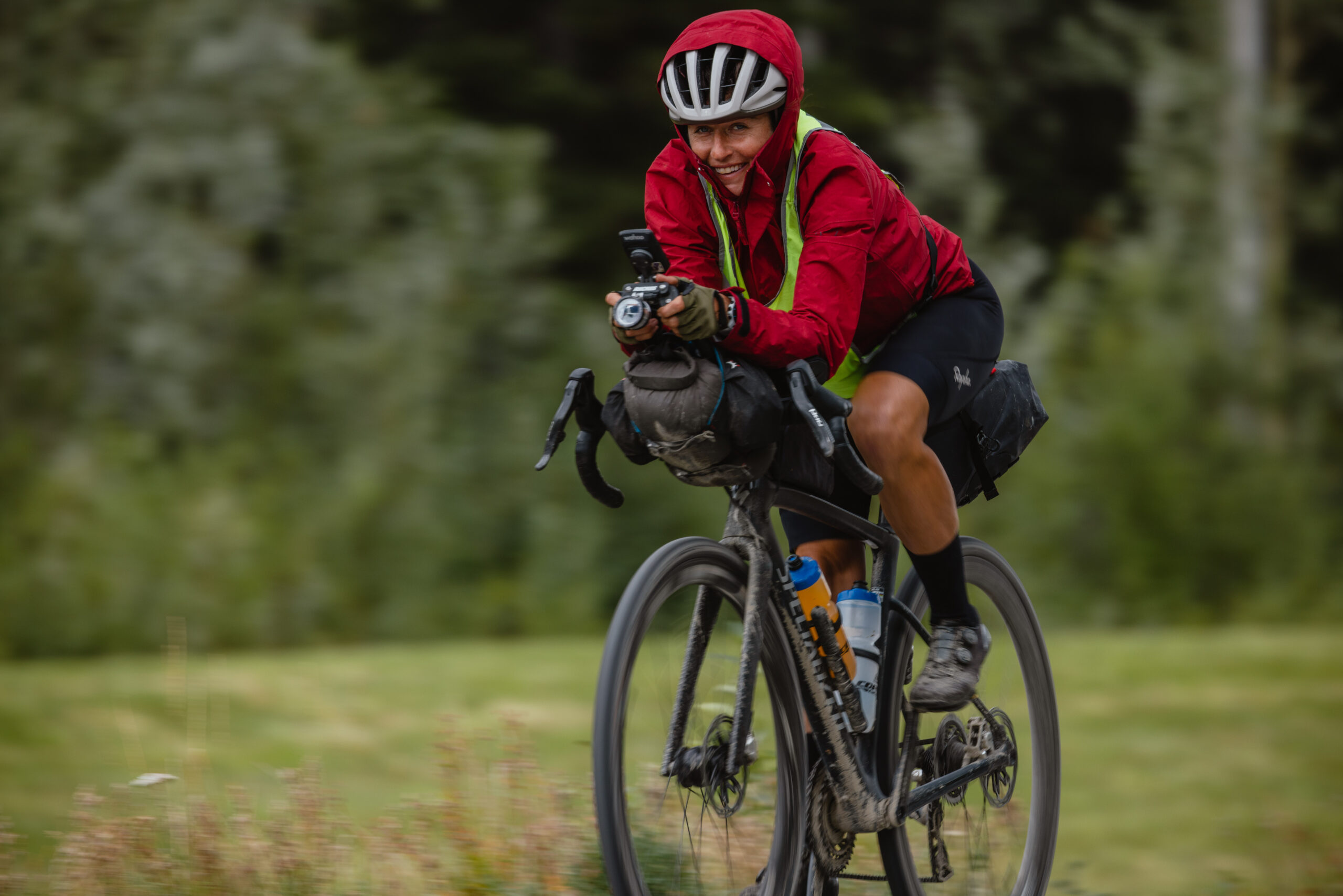
An Alaskan has broken the record for the fastest around-the-world bike ride by a woman.
Lael Wilcox was born and raised in Anchorage and is a familiar name in ultra-distance cycling. She holds records in the 2,745-mile Tour Divide and 4,400-mile Trans Am Bike Race. But a course of over 18,000 miles, circumnavigating the globe, was something else entirely.
Wilcox did it in 108 days and 12 hours, more than two weeks faster than the previous record, finishing in Chicago on Wednesday.
As for why she would want to bike around the world, Wilcox says it seemed like a good way to spend her summer.
Listen:
[Sign up for Alaska Public Media’s daily newsletter to get our top stories delivered to your inbox.]
This interview has been lightly edited for length and clarity.
Lael Wilcox: Oh my gosh, you know, I’ve been doing this kind of riding and racing for about 10 years, and this one just seemed almost like like a storybook, like imagining that kind of travel and everything I get to see along the way. And it’s so long that I couldn’t even imagine the end of it. It’s like I almost rode through an entire season, and I just thought, “What an amazing way to spend the summer.”
Casey Grove: Yeah, no doubt. Was there, I guess physically, was there a particular moment or, you know, part of that route that was very difficult for you, or that you might have felt like it might not work out?
LW: I think maybe the biggest challenge was, I didn’t really think too much about it, but I was riding through the winter in Australia and New Zealand, so it was dark and cold and stormy. And, you know, I knew it was coming up, but I just didn’t really look into it, because I thought, “Well, I don’t really have another choice.” So that was tough.
CG: Yeah, tell me about the route. How does that route work, as far as getting you around the globe?
LW: Totally, so there’s kind of a list of, I think about five rules, with Guinness. So I looked at the rules and then kind of looked at the map and thought, “What is possible?” So I knew I had to ride a minimum of 18,000 miles. Had to go either east or west, cross two opposite sides of the globe. I couldn’t really zigzag, and I had to take commercial travel in between, whether that’s flights or ferries or whatever to connect the dots. And the thing about this record is, once you start, the clock just keeps going.
So gosh, setting about figuring out the route, I was like, “OK, I know I want to ride across Europe.” Originally, I thought I’d start in Vilnius Lithuania, where my wife was born. But quickly, looking at the map, I was like, “Oh, if I go directly east from there, I’m into Belarus and Russia.” And right now it’s not really a great time to visit Russia. So then I look back, “OK, maybe I’ll start in Chicago, because that’s where she grew up.” And then, starting there, piecing it together, Chicago to New York City, fly to Portugal, start again. From there, right through Europe, across Turkey to Georgia, a place I’ve always wanted to go to. And then from there fly directly to Perth, Australia, go across Australia, New Zealand, fly back up to Alaska, ride south through Canada, down the West Coast and up through Route 66, and that was kind of the rough idea. And then it was all about kind of fine-tuning that, making sure that the route was safe, but also as beautiful and interesting as it could be.
CG: Yeah, it’s interesting to have to, like, take geopolitical things into consideration.
LW: You know, kind of what I thought with that, though, is like, “Well, I don’t really want to wait.” You know, I’m 38 years old. Things are always changing, and that’s politics and also climate change. And it seemed like, you know, if I don’t do this now, I might not get a chance to do it. So I thought, “I’m going to try to make it happen and and work around what I what I can do and kind of look at it in a positive way.”
CG: Yeah, the world just keeps spinning. And so do you. And I guess, I mean, you’re not a stranger to like really long bike rides, like thousands of miles. Were there times where just mentally it seemed difficult to continue on? Or is that something you’re you’re just so used to it wasn’t a big deal?
LW: You know, I was talking about this earlier in the day, and in some ways, this was mentally easier for me than some of my other summers, because I just had one focus. You know, I started this ride, and I was just focused on this ride the full summer, whereas often I’ll do like, seven or eight different races all around the world, and then I have to figure out travel logistics between the events. I have to kind of switch gears to different disciplines on the bike. And for this one, it was like, starting May 26, it was just focusing on finishing this 18,000-mile loop.
I mean, I think that the thing that kind of would get to me is, it’s pretty overwhelming. You know, sometimes I’d think, “Oh my gosh, I’m on day 11, and I still have, like, almost 100 to go. How am I ever gonna get there?” You know? Because I set myself this goal of 110 days. The women’s record was 124, but I wanted to really, like, kind of take on a challenge I didn’t know if I could do. And then in the end, it worked out. You know, I think the thing is, as in anything, it’s like, you just continue and focus on the individual day and try to do your best, and then, you know, move on to the next day and just kind of keep stacking them up.
CG: What do you think growing up here in Alaska did for you as far as this major accomplishment? I mean, again, you’ve done very long races before, thousands of miles. This is something kind of on a different level, it seems like. And I just wonder if you have any thoughts about that, about what it meant to grow up in Alaska for this particular goal.
LW: You know, I do, because I started super long riding in Alaska. I used to borrow my mom’s bike and ride it as far as I could on my two days off of work, working as a bartender. And just looking at that map, it was fairly easy for navigation, because there are so few roads. But once you’re out there, it’s pretty remote. There isn’t much to eat, you know, you really kind of have to get somewhere. So that kind of set me up to be able to know what I needed out there and to have the confidence to go to remote places and, you know, make it to my destinations. I think Alaskan riding, it’s really, really beautiful, but, you know, I think a lot of the things people would be afraid of, wild animals or no food, you know, no shelter, it’s like I was used to that. So when I flew home to Anchorage during this ride, everything felt easy, because it was like, I’m in my home terrain. I know these roads, and I just got so much energy from just being back in this beautiful place.
CG: So we’re catching up with you as you’re flying home to Tucson, and you’re from Anchorage here originally. But how does it feel now to actually be done with this thing?
LW: It feels great, you know? I mean, in some ways I’m, like, even while I was doing it, I was thinking, “You know, it really doesn’t get much better than this. I’m riding in beautiful places. I’m outside all day, day after day.” But there was always this thought of, “Well, what if something goes wrong? You know, what if I get hit by a car? Or what if my bike breaks and kind of stops my ride?” So it does feel like a pretty big relief that everything really went pretty well, and I was able to finish really strong and feel good at the end. So I felt like that was a huge success.
Casey Grove is host of Alaska News Nightly, a general assignment reporter and an editor at Alaska Public Media. Reach him atcgrove@alaskapublic.org. Read more about Caseyhere.

